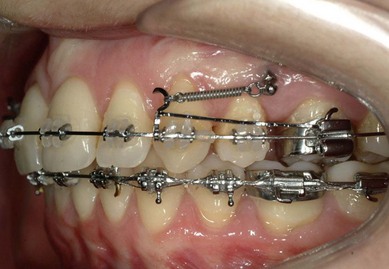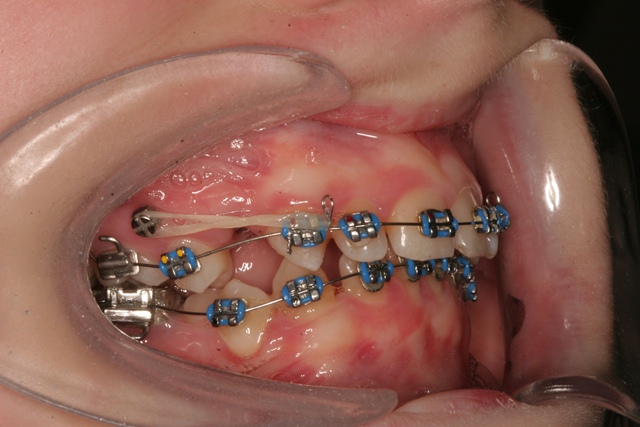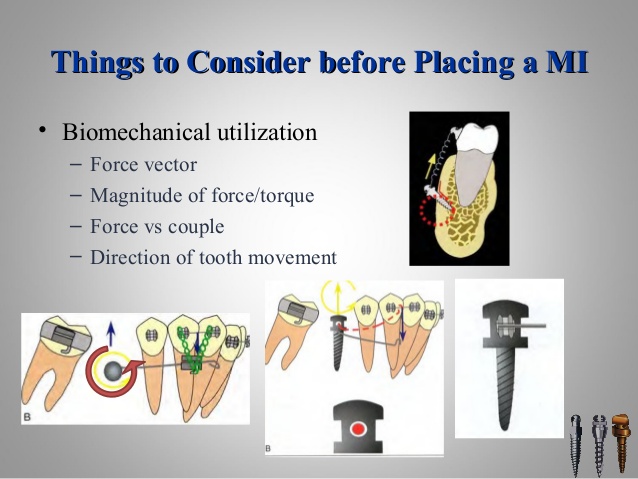01228009538
Loss of anchorage of miniscrews: A 3-dimensional assessment

2017-02-20
Introduction: Miniscrews have exponentially empowered the orthodontic anchorage armamentarium.
However, the behavior of miniscrews under loading has not yet been fully investigated. Methods: Forty
miniscrews were used for retraction of the maxillary and mandibular canines into the spaces of extracted first
premolars. After a healing period of 2 weeks, a loading force was applied between 150 and 250 g for 6 months.
The displacement of the miniscrews, their placement angles, and their implanted percentages into the bone
were assessed by using superimposed 3-dimensional volumes of the maxilla and the mandible before and
after 6 months of loading of the miniscrews.
Results: Miniscrews were displaced  in the direction of orthodontic
in the direction of orthodontic
These movements were not correlated with the placement angle or the length of miniscrews in the
Bone
ref. (Am J Orthod Dentofacial Orthop 2009;136:700-7
Amr Ragab El-Beialy,a Amr Mohamed Abou-El-Ezz,b Khaled Hazem Attia,c Ahmad Mohamed El-Bialy,d
and Yehya Ahmed Mostafae 
Edit&Sum.by Mohamed Yassin




.jpg)





